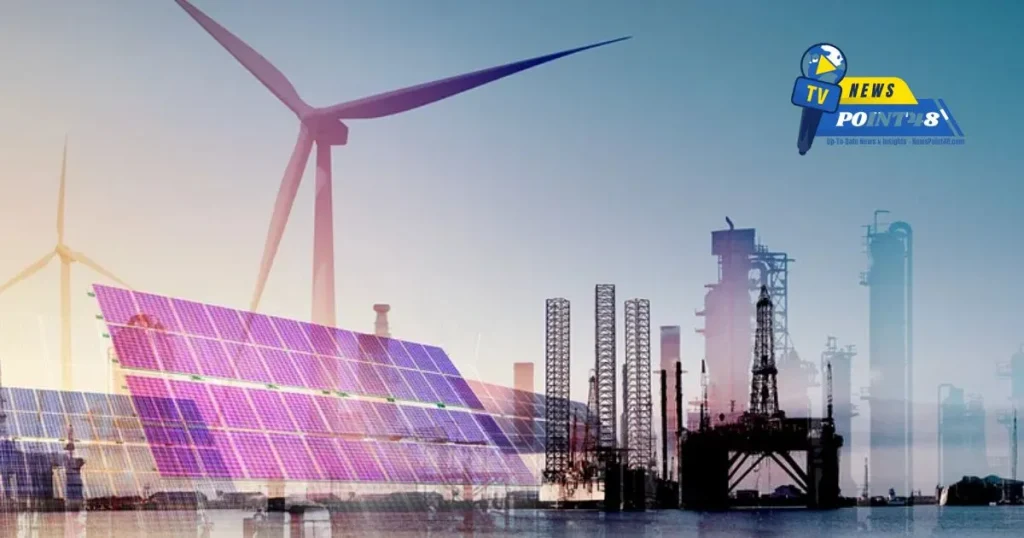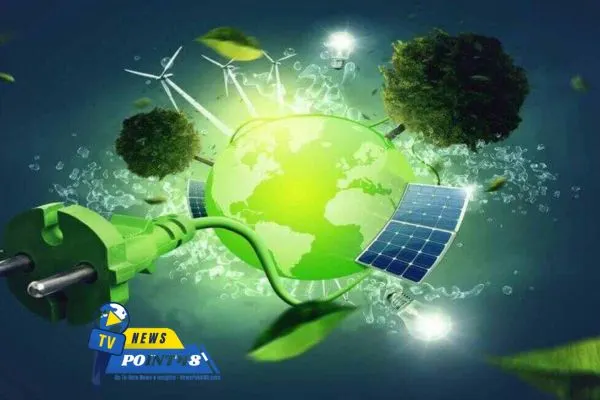
With the world increasingly pressured to tackle climate change, energy transitions have emerged as a major concern for governments, businesses, and communities. The leapfrogging of fossil fuels to cleaner, more sustainable alternatives is vital if we are to significantly lower worldwide carbon emissions and also provides the opportunity for a reset of energy systems in ways that can be more fair, agile, and ecological. This blog post discusses the complexity of transitioning global energy systems fairly and sustainably.
Growing levels of carbon emissions from burning fossil fuels have made it clear that we must shift away from using them and instead move toward solar, wind, hydro- and geothermal power, as part of the global climate crisis. The overarching objective is to keep global warming at 1.5°C under the Paris Agreement, and net-zero emissions by mid-century.
But energy transitions can not just swap one type of energy with another. Governments must also tackle wider socio-economic implications and see to it that marginalized communities are not left behind. To create truly sustainable and equitable pathways, nations, industries, and communities must work together to deliver clean energy for all while upholding longer-termsustainability goals.
Difficulties to Deliver Just Energy Transitions
Getting to clean power is incredibly hard enough without doing more to risk fairness and equity Following are some of the main concerns

- Energy Access Disparities
There remains unequal access to energy globally. Industrialized nations have the infrastructure and resources that allow access to renewable energy technologies, but other countries are struggling with limited power supply. This should point out that according to the International Energy Agency (IEA), close to 770 million people around the globe remain without electricity, and sub-Saharan Africa is particularly hard hit.
It is therefore vital that energy transitions not worsen existing inequalities. The focus now needs to shift to ensuring investments in renewable energy infrastructure and electricity systems are made a priority for clean, affordable, and reliable access to every new customer at the time of connection.
- Displacing Jobs in Fossil Fuel Industries
Transitions away from fossils, coal, oil, and natural gas also pose a major problem for employed workers reliant on these industries. Inevitably, as renewable energy technologies become more widespread, jobs in traditional energy sectors will wane. While some reports suggest that clean energy could create three times as many jobs as fossil fuels, manufacturing would likely see a decline from renewable-powered production, and carbon-intensive industries and mining face shutdown from replacement processes to avoid climate warming.
Just transitions require policies that provide for the reskilling and retraining of workers in renewable energy jobs. This is achieved by creating pathways for workers to move from jobs that are no longer compatible with a clean-energy future and helping them gain employment in other sustainable industries — ensuring no one gets left behind.
- Technology and Finance Costs
Creating a new-energy infrastructure based on renewables is not only going to be super-capital intensive, it is also going to require untold levels of technological innovation. These are limited resources for most countries, especially in the Global South. However, it is important to note the difficulty of finding money to pay for their transition toward renewable energy while still dealing with poverty, healthcare, and far below good enough education that afflicts most low-income nations.
These barriers, inter alia, could be redressed by global funding initiatives that require international cooperation. Multilateral institutions, like the World Bank or UN agencies, should change their organizational frameworks to support countries with financial tools to make sure that they put in place sustainable energy systems.
Creating a Sustainable Energy Future
Several key strategies need to be pursued in creating equitable and durable pathways for global energy transitions:
- Inclusive Policy Frameworks
Governments need to adopt energy policies that take on board marginalized and vulnerable constituencies. We do not want to leave a Scrooge-like energy future, we need policymaking based upon equity as well as environmentally friendly power systems. This could be through the provision of broad forms of social protection in response to job losses in traditional sectors of energy and ensuring that renewable energy projects are respectful of local ecosystems and communities.
- Comes to investment in green tech
Investing in green technology is one of the most powerful ways to speed up energy transitions. This ranges from a better solar panel over a more efficient wind turbine to vast energy storage systems. Other types of innovations, such as green hydrogen and carbon capture and storage (CCS), can also act as enablers that help to reduce emissions and decarbonize industries.
These processes will require significant financial resources, so private sector investors play a crucial role in helping to lower the cost and bring clean energy technologies within reach. Governments can offer incentives in terms of tax breaks, subsidies, and low-cost loans to get businesses to invest in sustainable energy projects.
- Encouraging International Cooperation
The need for global cooperation to underpin a just and sustainable energy transition The rich nations must help poorer countries in building the infrastructure they need for clean energy. The prime way of doing so could be technology transfer agreements, financial help, and capacity-building initiatives to name some reasons.
The Sustainable Development Goals (SDGs) of the United Nations, especially SDG 7 (Affordable and Clean Energy), offer an international collaborative approach. Countries can make more ambitious plans for clean energy by operating together, ensuring the benefits of energy transitions are widely shared and that the world as a whole can meet its commitment to cutting carbon emissions.
- Empowering Local Communities
Energy transitions must be community-led. Projects related to renewable energy, like solar farms and wind power installations, have the potential to create jobs as well as economic prospects in rural regions. A better option is community-owned energy systems, which can put local populations in the driver’s seat of their energy destiny and guarantee that they are directly benefiting from clean energy production.
Also, they said, indigenous knowledge and traditional practices need to be recognized and included in plans for sustainable energy growth. Indigenous communities have provided leadership for centuries on how to effectively manage natural resources and thereby can help guide sustainable energy solutions.
The Path Ahead

Embracing a future of clean, renewable energy is not without its difficulties, but there are also many benefits. There is no doubt that we need to move away from fossil fuels if we are going to respond as necessary to the global climate crisis, but we also must make sure that this change is just and equitable. We must find common ground in addressing energy access disparity, developing green jobs and new technologies, and fostering international cooperation to pave the way for a brighter future that is sustainable and just.
Energy transitions are not only necessary to safeguard our planet – they must also make a better world for everyone, everywhere.
